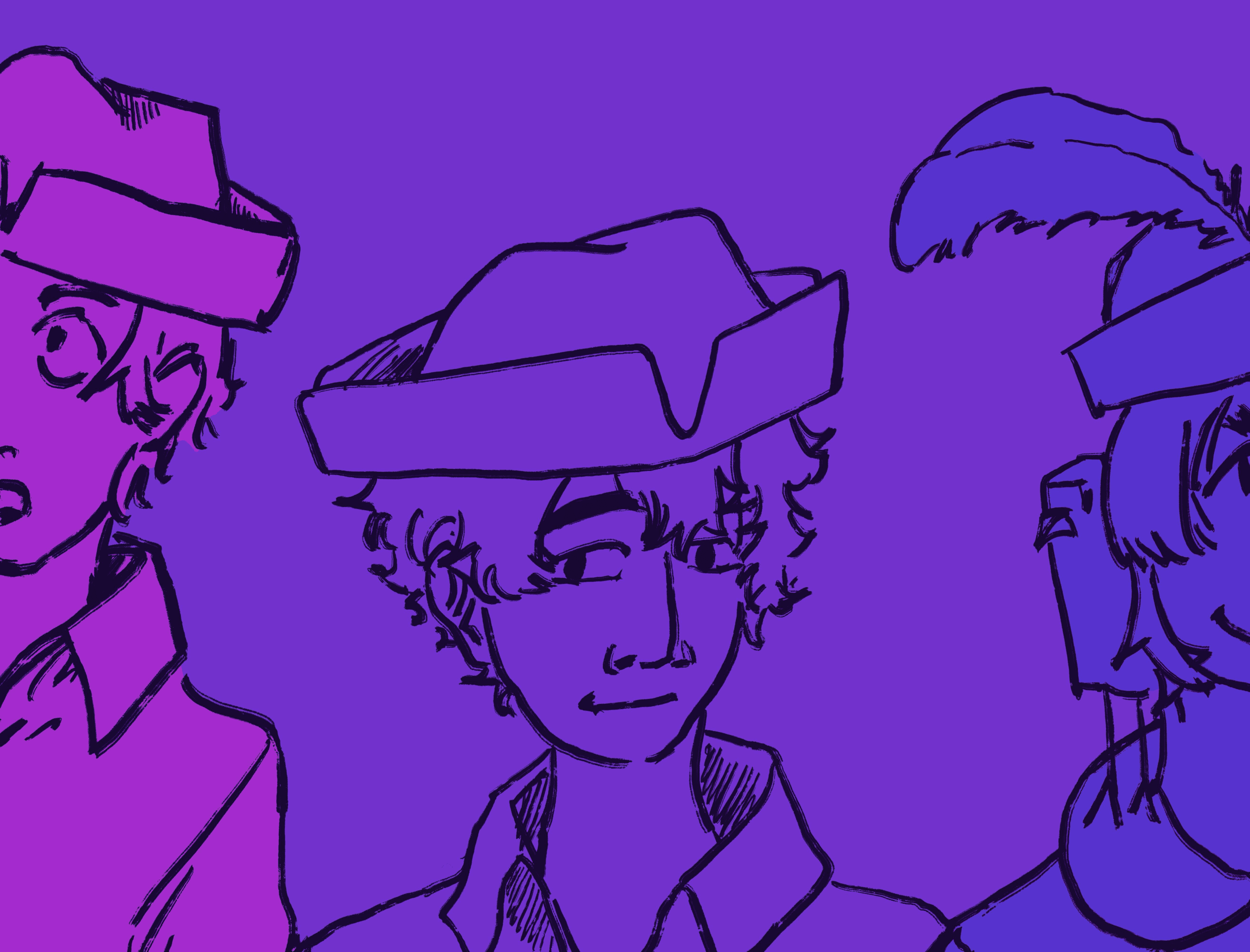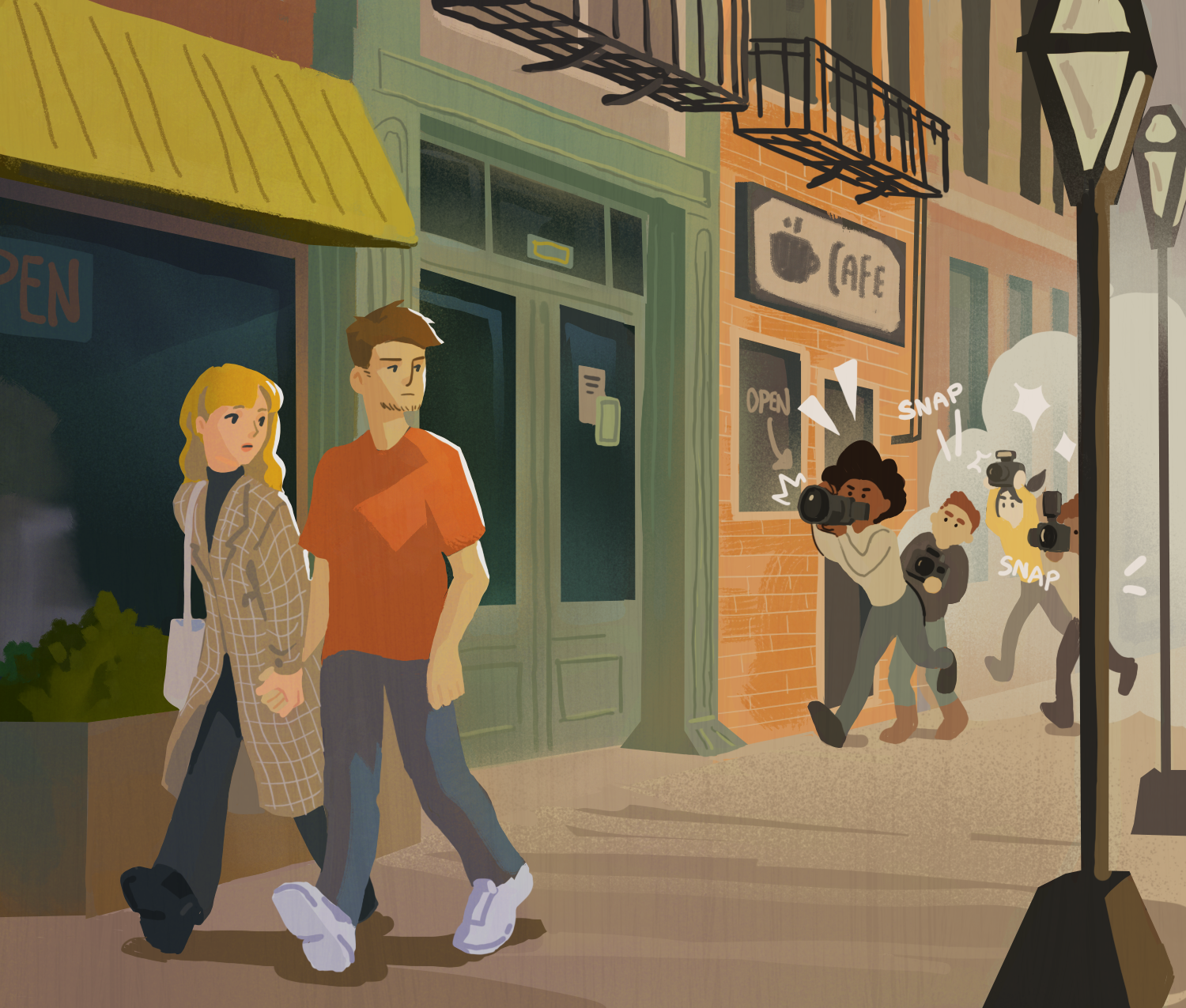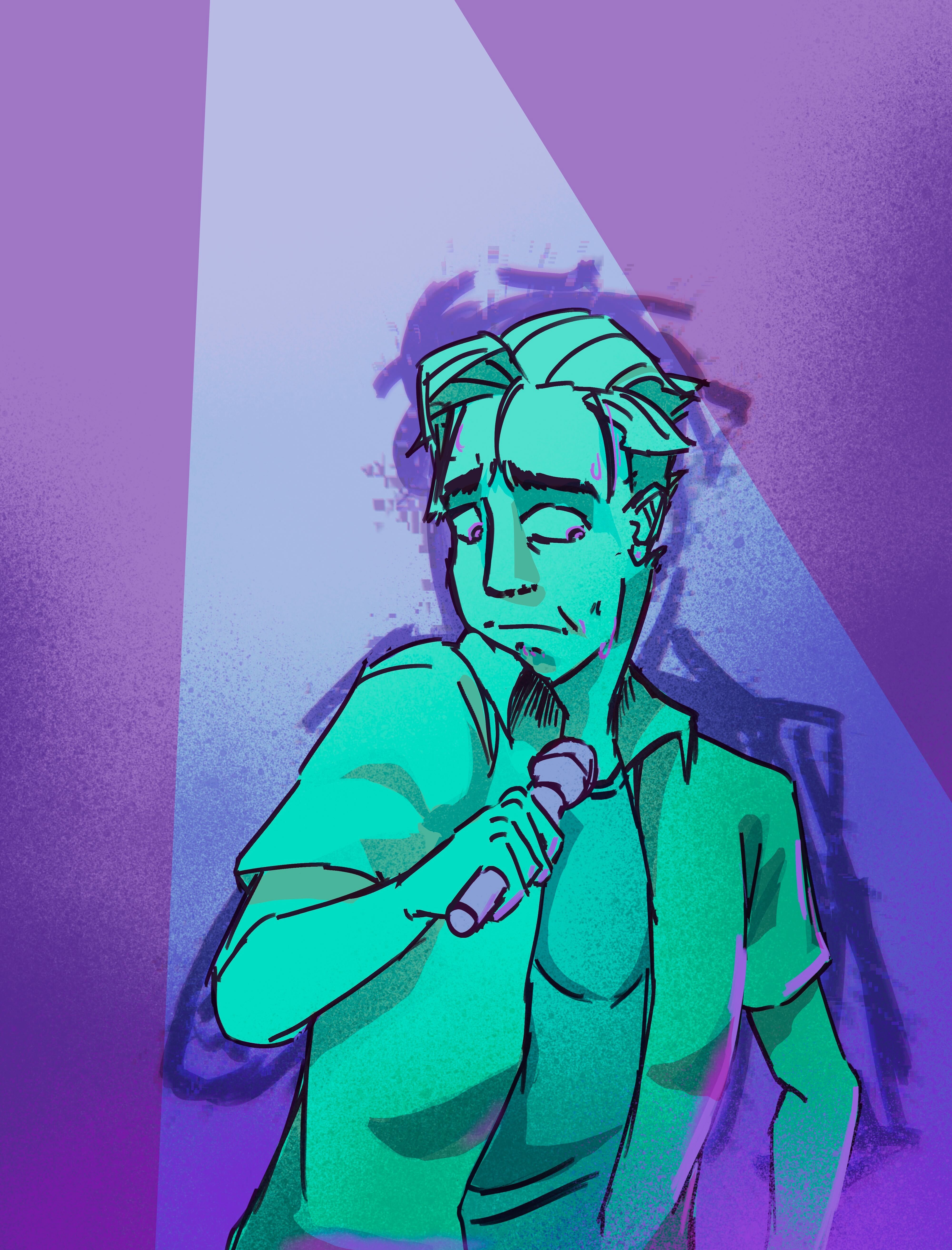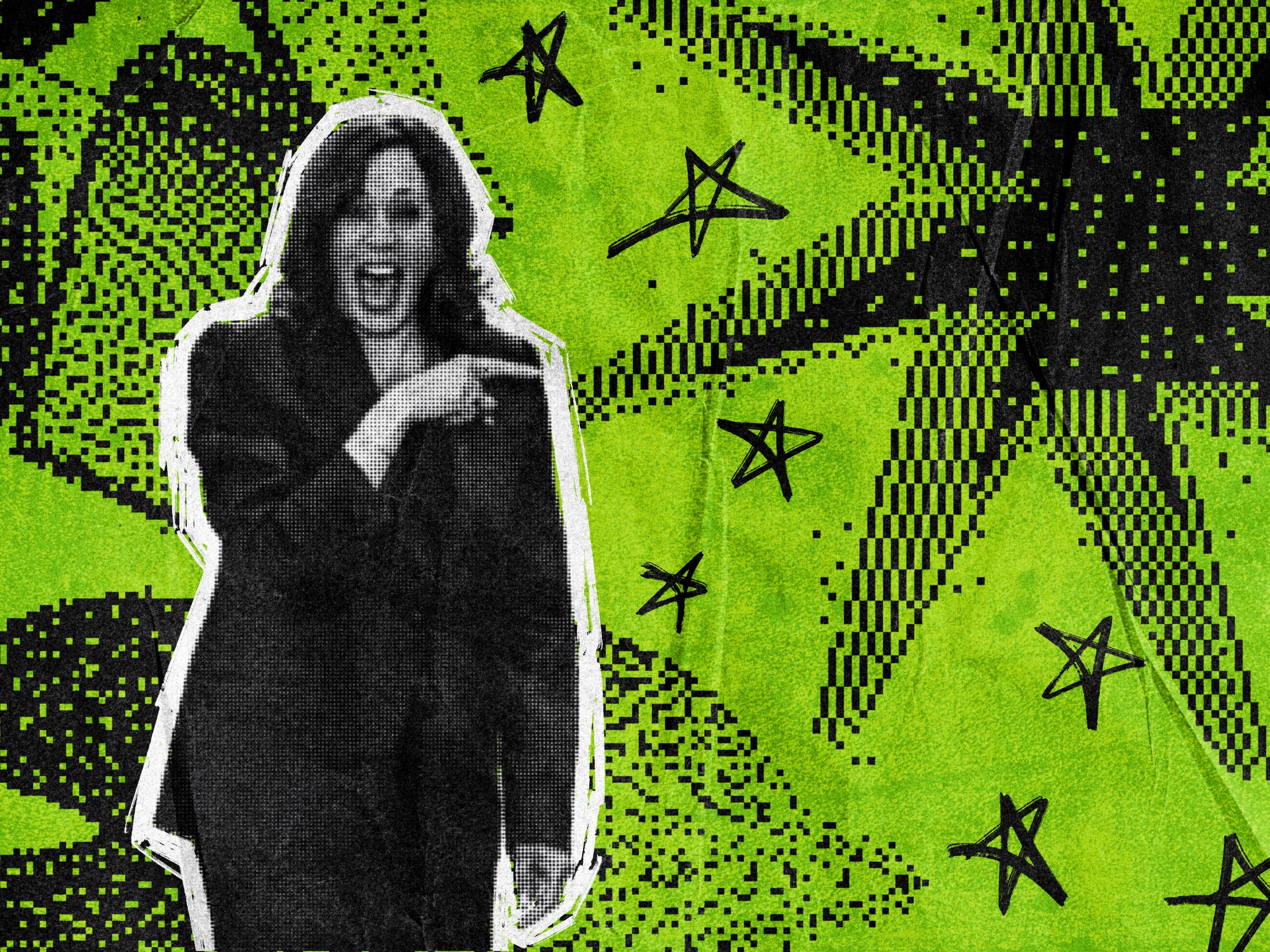Second Take: Lookalike contests bring social connections offline, demystify celebrity beauty

(Helen Juwon Park/Illustrations director)

By Ana Camila Burquez
Nov. 30, 2024 4:52 p.m.
Editor’s note: This post was updated May 6 at 4:53 p.m. to update the featured art.
Lookalike contests break the fourth wall, reminding people celebrities are human too.
Advertised with 100 flyers around New York City, the first competition took place Oct. 27 with the “Timothée Chalamet Lookalike Competition.” Organized by YouTuber Anthony Po, the event began as a bet that questioned whether it would gather more people than a lookalike contest for online streamer Kai Cenat. After going viral, an explosion of competitions of this kind has taken place around different cities, such as a Harry Styles contest in London and a “Challengers” lookalike contest in Westwood, making this trend one of the few internet-related scenes that, at least at the moment, has maintained its harmless nature.
[Related: Second Take: The obsession with celebrity relationships is getting out of hand]
Although this pop culture phenomenon is completely centered around social media and the humor found in its space, these competitions are bringing people together beyond the screen. Attendees seem to be purely motivated by wanting to contribute to what can only be described as an immense inside joke, while also meeting others with a shared interest in a celebrity or their work. In these events, the audience is seen encouraging all contestants, even those who had little resemblance to the celebrities and whose participation was clearly done as a joke. This ironically erases the competition aspect of the gathering and turns lookalike contests into a community-building opportunity.
Furthermore, these competitions have been a great way to break the toxic glorification of celebrities’ looks. The appearances of public figures have historically been influential in setting beauty standards. Nowadays, the public knows there are often teams of people behind these celebrities making them look “perfect,” but these standards still play a role in people’s perception of themselves, especially as the media continues to project unrealistic expectations. However, lookalike competitions have shown how the emblematic traits of specific celebrities are not fabricated by their teams but instead are real-life human features, showing how the “attractive” traits of specific celebrities can be found in the people one might encounter in everyday life.
On a different note, lookalike contests serve as examples of healthy fan-artist relationships. In recent years, social media has intensified fans’ ability to look into public figures’ everyday lives. This consequently has fed into the belief that a celebrity’s work and the fragment of their lives they choose to share online is a direct reflection of their character, sometimes leading fans to feel a personal connection to an artist and develop a parasocial relationship. Yet, in these recent competitions, the audience has no background of the contestants’ lives and personalities, focusing the entertainment aspect of the event on resemblance and humor, proving it is possible to enjoy a performance without having a supposed personal connection to the spotlighted figures.
One may argue that the concept of lookalike competitions is enough to feed into the public’s obsession with celebrities. However, as mentioned, one of the main goals of these events is to simply have fun while watching people do their best impersonations. This aspect is one of the components that allow these events to remain respectful, as the people attending don’t necessarily have to be super fans but instead can look into these events as an excuse to have a good time with no expectation of a real benefit. This was exemplified at the Paul Mescal lookalike contest in Dublin, in which the prize consisted of $20, three drinks and some food, demonstrating that events of this kind are not conducted in a serious manner, keeping the environment light-hearted and avoiding awkward situations in which the impersonator might take his performance too far, disrespecting the artist in order to win.
Still, there’s a question of whether these events will be able to maintain their inoffensive nature. Artist manager and music industry YouTuber Jasmine Zade dived into the new surge of celebrity lookalikes, explaining how having a talent that allows the performer to impersonate a celebrity has become a second priority. She gave an example of an online Ariana Grande lookalike whose content is completely centered on looking like the singer, going as far as to allegedly alter her features in order to keep up with Grande’s look throughout the years. The same impersonator, according to Zade, has also expanded to explicit content while cosplaying the artist. It is cases like this one, in which there’s a negative consequence for both the cosplayer’s identity and the celebrity’s integrity, where the harmful nature of lookalikes comes to light.
[Related: Second Take: Parasocial relationships rising, fueled by unhealthy celebrity obsessions]
Ultimately, as long as lookalike contests maintain the harmless dynamic they’ve had so far, there is no real negative outcome from this new trend. These competitions can be compared to other entertainment scenes such as concerts, as they encourage people to share an enjoyable and funny experience with others, meet new people and find a form of connection through a shared interest.
In a time where most entertainment is found on screens, lookalike contests are a reminder of the real-life connections media can create.




